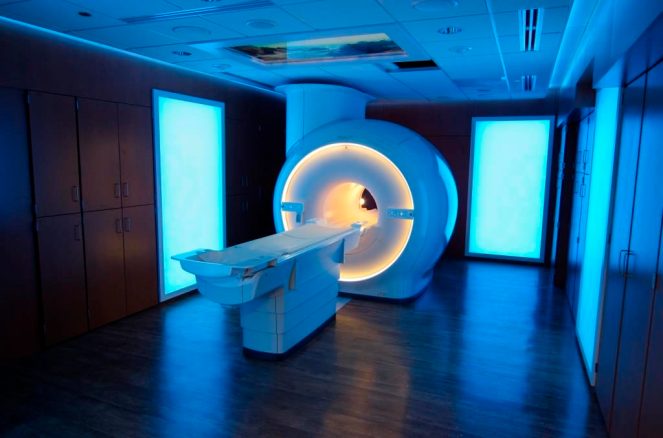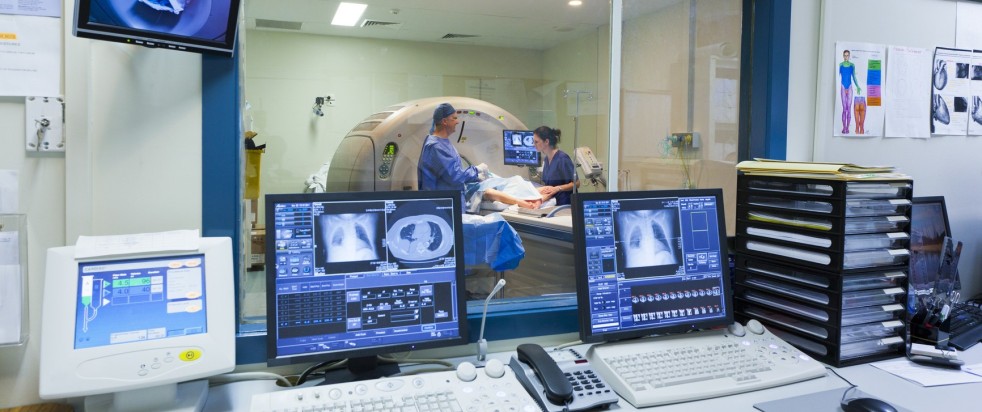
Teleradiology services have evolved rapidly in recent years. A practice that started out as convenient, supplementary services has today emerged as an indispensable system in the field of medicine.
Radiology services general radiology reporting, sub specialist services, educational opportunities, peer review services, Apollo hospital group
By facilitating the transmission of radiological images from one location to another for interpretation, this practice has enabled hospitals and clinics to provide timely and more efficient patient care. Radiologists, especially sub-specialists,remote radiology international reporting service online , second opinion doctor radiology, Digital radiology and Teleradiology Service, nightawk radiology and nightawk teleradiology, diagnostic imaging center and interventional radiology are not always available for consultation at medical centers, especially at night or on weekends. With teleradiology, they can work from their homes and provide round-the-clock services.
This practice works by first producing radiological images of patients, such as X-rays and MRIs under the supervision of a radiology technician. The images are then transmitted via specialized software to an offsite radiologist for analysis and interpretation. After these have been accomplished, the radiologist can provide a preliminary report for emergency cases, or a final report that includes all findings in sometimes as soon as 30 minutes.
Thanks to teleradiology services, patients are able to benefit from a rapid diagnosis and report turnaround. Some companies provide such services exclusively, making interpretation services and report generation by expert radiologists available 24/7. These have significantly made an impact in the improvement of patient care by providing quality output from anywhere as soon as possible.
In addition, such companies are able to provide immediate coverage for subspecialties such as muscoskeletal imaging, cardiac angiography, and pediatric neuroradiology, which would otherwise be unavailable outside regular working hours. Truly, such a practice has helped radiologists and physicians put a premium on timely and excellent quality patient care, regardless of time or location.

